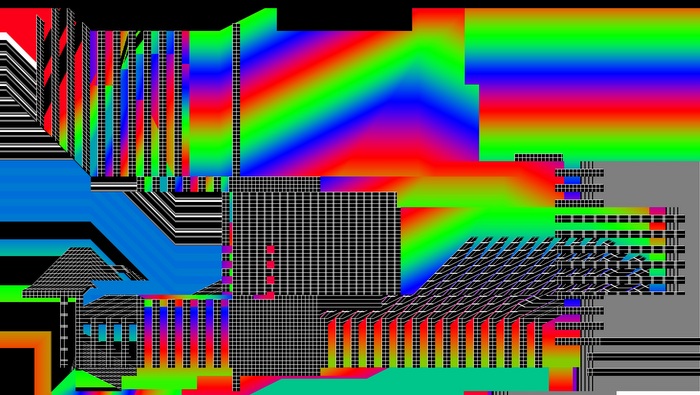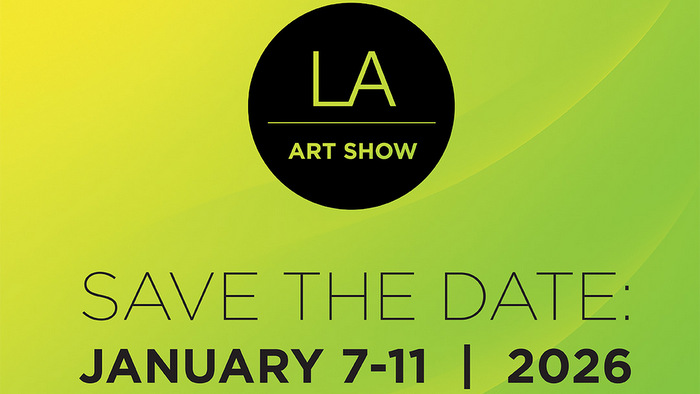The 11th Video and Arts Biennale is being carried out at Santiago de Chile’s National Museum of Fine Arts. This edition is focused on Autonomy. One of the show’s sections targets the history and context of relations among Art, Science and Technology.
Most of Chile’s experiences in this field haven’t been systematized in recent years, in terms of the institutional teaching of art, design and related disciplines, and that’s the reason why it’s important to review some of these exceptional milestones, so this year’s Biennale has paid special attention to them.
Colloquiums:
A series of colloquiums were organized since the very beginning of the Biennale. They kicked off in day one with activities dedicated to History and the present context of art, science and technology relation, moderated by the Director of the Biennale, Director of the Chilean Video Corporation, researcher Enrique Rivera. Several presentations were developed that day, starting with Margit Rosen’s, outstanding researcher from the Center of Art and Information Technologies (ZKM) in Karlsruhe, Germany. She was followed by David f. Maulen, who briefly talked about the relation among art, science and technology in Chile, within the contexts of years 1928, 1945, 1971 and 1988. The rest of the day counted on the participation of prestigious researchers Carlos Perez Soto, Demian Schopf, and the curator of Kosice Biennale, Graciela Taquini. Sooner than later, the Biennale organizers will have these presentations available so the public can access it.
Opening and Structure of Historic A + C + T Show
The display was opened on October 3 at the National Museum of Fine Arts, but several debate sessions had been held throughout July, carried out with the collaboration of Holon Lab Framework group, mainly at Santiago’s Spain Cultural Center, but also in other places like Espacio Fundacion Telefonica.
The historic show carpets the National Museum of Fine Arts’ second floor and it is going to be open through November 16.
Undoubtedly, some of its activities pay special tribute to the remarkable work of musician and engineer Jose Vicente Asuar, a pioneer in the world of electroacoustic music. Other events pay homage to artist and engineer Carlos Martinoya, who was remembered by means of the reconstitution of his Chromatic Abstractscope, co-authorship with crystallographer Nahum Jöel, which was first showcased in 1960 during within the framework of the Visual Arts Show that took place at Parque Forestal, where MNBA stands. This series of homages continues with another figure of the New Means, with a work that refers to the Technical Institute of the Corporation to Foster Production (INTEC CORFO), created and ruled between 1968 and 1971 by former member of HfG Ulm, outstanding professor and designer Gui Bonsiepe.
Likewise, Cristian Lira, one of the participating artists, suggested a reflection on Cyberfolk project, one of the most provocative elements of the project to decentralize the production management through the real time transmission of information, developed in Chile between 1971 and 1973. An experience that counted on the outstanding researches carried out by Catalina Ossa and Enrique Rivera through Multi Nodo Meta Game project, as well as North American researcher Eden Medina and her book “Revolucionarios Cibernéticos”.
This part of the show is complemented by the information visualization work developed by French collective Bureau d´Etude, a fundamental benchmark in this field, who were in Santiago de Chile and held an unprecedented three-day workshop.
This display is completed by ACM SIGGRAPH group, who represent a prolific development community in terms of New Means. The homages are also joined by an exhibition on artist Lea Lublin’s intervention at MNBA in Santiago de Chile, in 1971. This section of the show comes to an end with Chilean Simon Chambelland’s engravings, created in the 1960s as a reference to future space machines.
Excerpt from a text written by researcher David f. Maulen, taken from ttp://www.ramona.org.ar/node/50190
Related Publications

Zero 10 at Art Basel Miami Beach: A New Space for the Digital Era of Art
December 03, 2025












